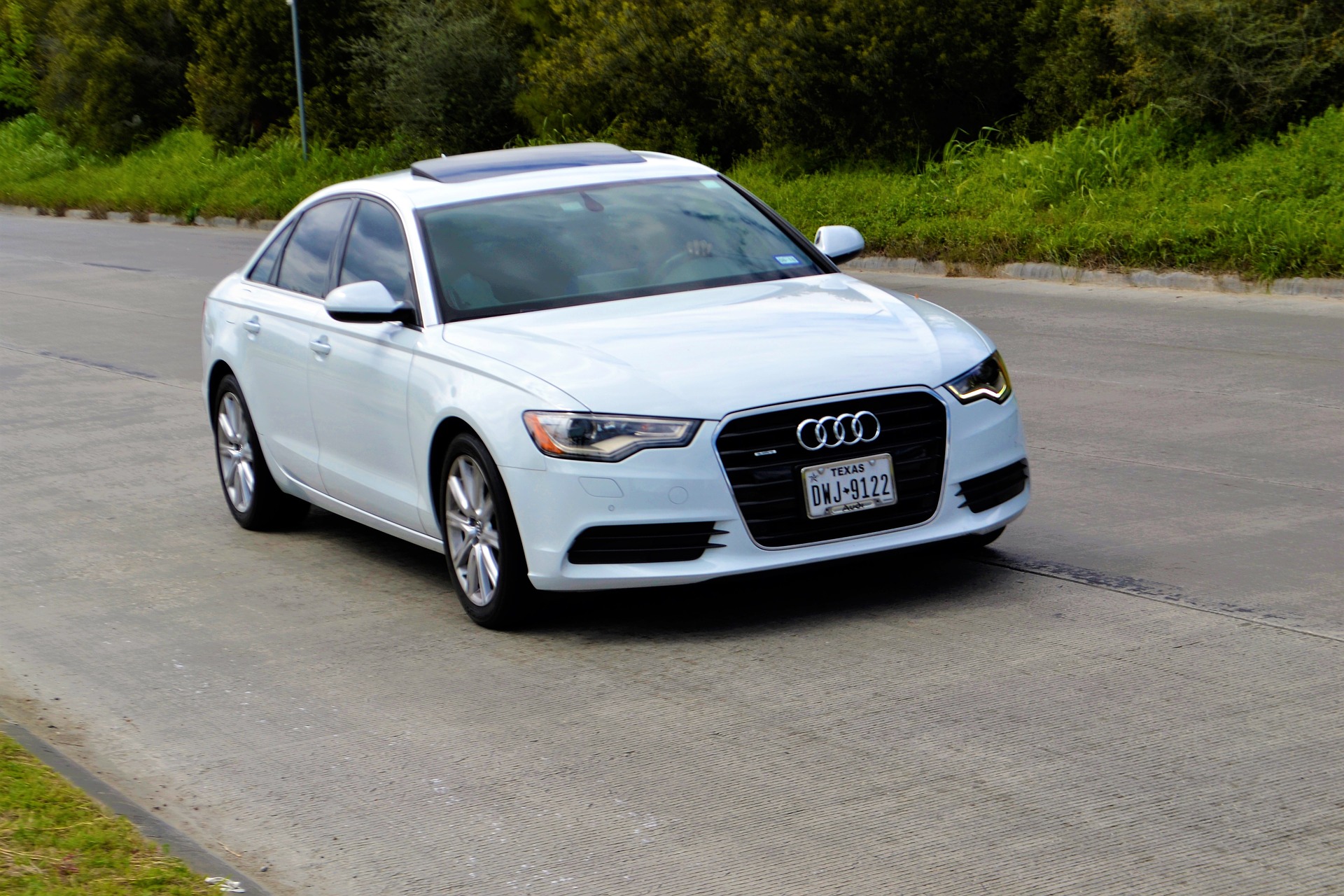Safe driving isn’t just about going the speed limit and using your turn signal. There are a lot of physics involved in movement, and it’s a little overwhelming to see how something that seems to be as simple as braking or turning a corner can be impacted by scientific factors such as velocity and weight.
Braking takes longer than you think.
You know that when you press the brake pedal, your car will stop. However, it does not stop instantly. There are a couple of factors that will impact your actual stopping distance. First, you’ll have what experts call a “reaction time.” This means that it takes around 3/4 of a second to notice a stopped car or a deer in the road, for example, and then another 3/4 of a second to decide to stomp on the brake pedal. Speed doesn’t impact this time at all. It generally takes a second and a half to react to a situation and decide to brake no matter how fast you are going.
Next, you have to contend with braking distance. Cars cannot stop instantly, so this distance is impacted by how fast you’re going. It will take a car longer to come to a complete stop if it’s traveling at 55 miles per hour (144 feet) than a car that is traveling 20 miles per hour (19 feet) — a huge difference!
This is why traveling closely behind another vehicle at high speed is dangerous. Even if you have excellent reflexes, your car is going to cover a lot of ground in the seconds before and after you react.
Momentum affects you after the impact.
When the vehicle in an accident stops moving, either from a fast brake or a collision, the people inside the car will continue to move. This is the force of momentum.
Seat belts restrict the force of momentum, helping to keep passengers in place. If passengers are not wearing their seatbelts, they will continue to move forward until something else stops them (i.e. dashboard, headrest, windshield). As with the braking science we explained above, going faster means that your body will move faster in the case of a collision.
Consider center of gravity when turning.
Center of gravity is defined as an imaginary point in the body where most of the weight of the body is concentrated. Generally, vehicles that are lower to the ground have a lower point of gravity, while higher vehicles have a higher center of gravity.
This physics lesson becomes important when you take a corner or jerk the wheel suddenly when traveling at high speed in your vehicle. You know that you’re supposed to slow down when making a turn because if you take a corner at a high speed, you risk spinning or toppling over. Race cars are built specifically with a very low center of gravity; your car or minivan was not.
Posted speed limits and traffic safety information are meant to be followed, and science helps explain why. This is why it’s important to implement safe driving practices which include going the speed limit, not following other vehicles too closely, and turning corners at a safe rate of speed.





